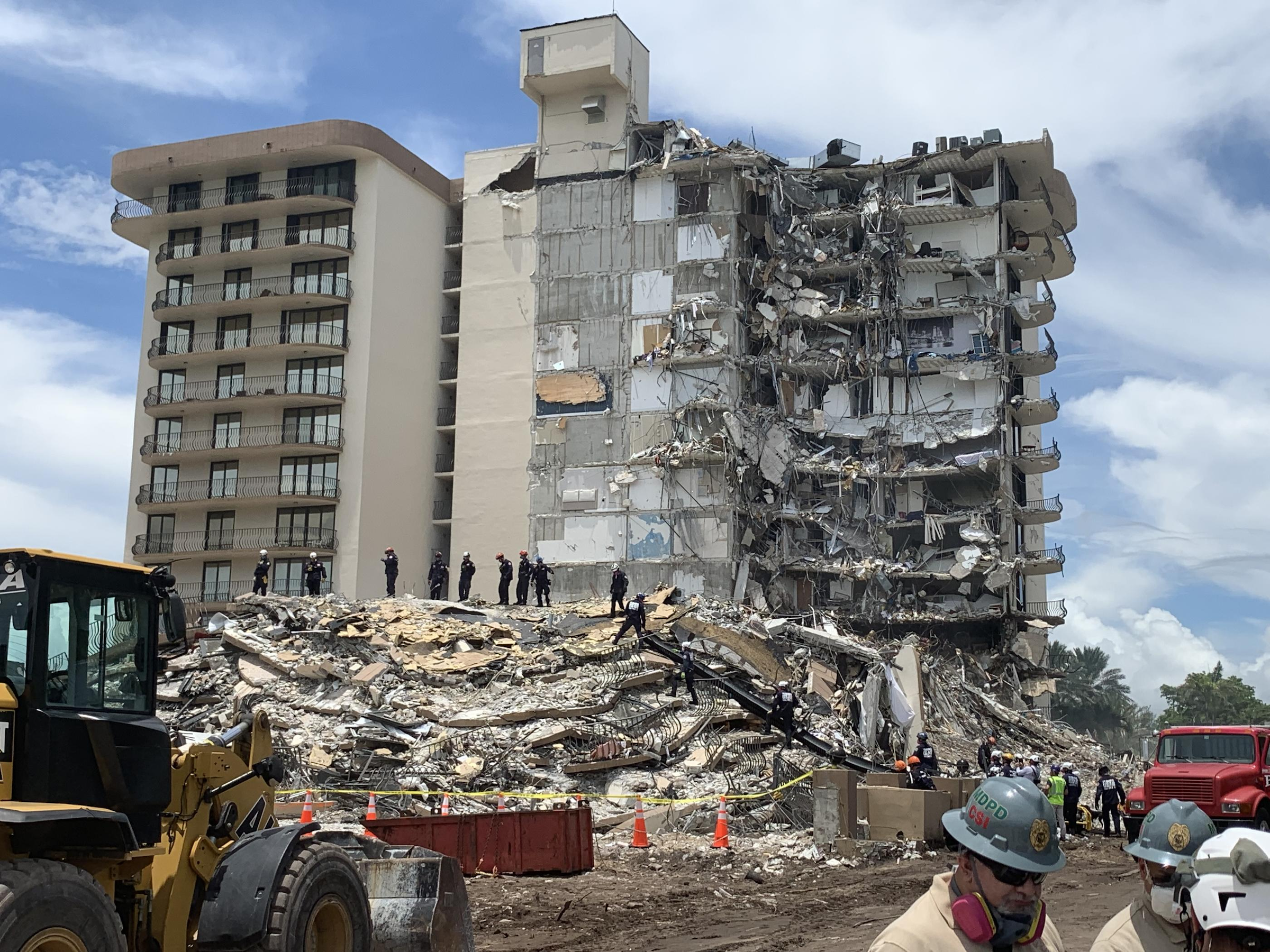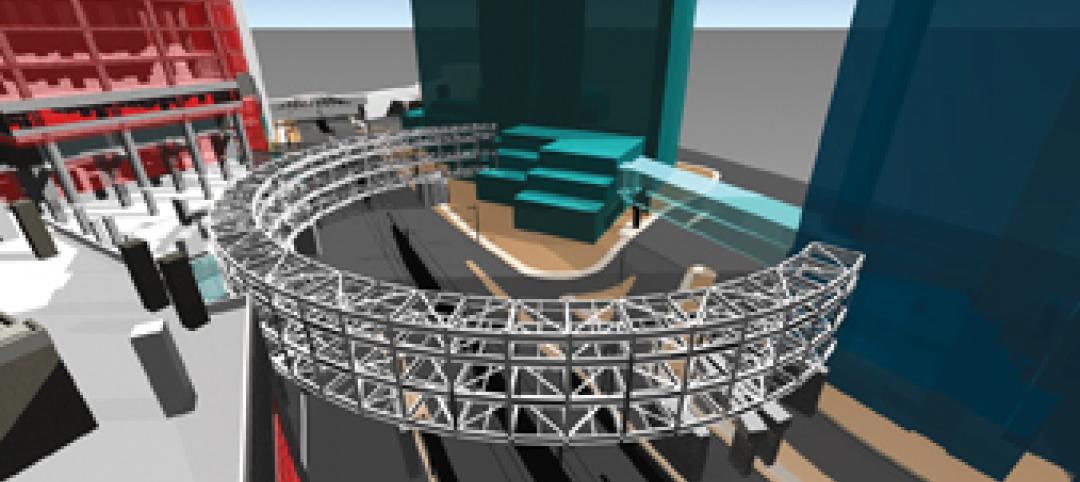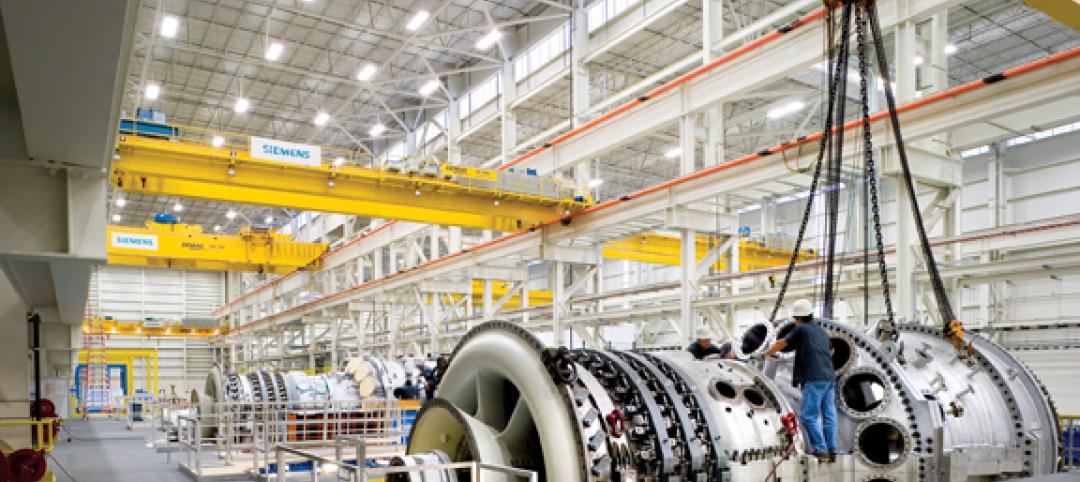Investigators from the National Institute of Standards and Technology (NIST) say they have found no evidence of underground voids on the site of the Champlain Towers South collapse, according to a new NIST report.
The team of investigators have studied the site’s subsurface conditions to determine if sinkholes or excessive settling of the pile foundations might have caused the collapse. They have found no such evidence to support that potential cause.
Preliminary evaluation of data indicates about one quarter of an inch or less of settling in the pile foundations supporting the pool deck structure and basement. This would have had minimal impact on the pool deck structure, NIST says.
“Understanding exactly what caused this collapse is taking meticulous investigation and the collection of copious amounts of evidence and information,” said Joannie Chin, director of NIST’s Engineering Laboratory. “Our team members are dedicated to unraveling the complexities of this tragic event, and their rigorous research and analysis will not only help us understand the likely technical cause of the collapse but will improve the safety of our communities.”
The team’s preliminary evaluation of physical and historical evidence found that the pool deck construction deviated from design requirements. Specifically, the number of slab reinforcing bars centered over vertical columns was inadequate, and the reinforcing bars in the top of the slab in the vicinity of the columns were spaced farther apart than the design required, according to investigators. These deviations weakened the slab-column connections, they said.
NIST expects technical work on the investigation to be substantially completed in late June 2024 and aims to release a report with findings and recommendations in late June 2025.
Related Stories
| Jul 19, 2012
Renovation resurgence cuts across sectors
Giants 300 reconstruction sector firms ‘pumping fresh blood in tired spaces.’
| Jul 19, 2012
Rental market pushing service, ‘community’
The Top 25 Giants 300 AEC firms in the Multifamily Sector keep four-legged tenants in mind.
| Jul 19, 2012
AEC firms ready to dive into public projects
But the size of the pool keeps shrinking for the Top 25 AEC firms in the Government Sector.
| Jul 19, 2012
BIM finally starting to pay off for AEC firms
In surveying Giants 300 firms about BIM, we went right for the jugular: Is BIM paying off—through cost savings, higher quality, or client satisfaction? Here’s what they told us.
| Jul 19, 2012
Contractors finally ‘moving off the bottom’
C and CM Agent + PM Giants 300 Firms also taking steps to improve project efficiency.
| Jul 19, 2012
The best states for a construction job
The top anticipated engineering and skilled labor shortages according to a survey of 2,223 construction industry professionals.
| Jul 19, 2012
Suffolk Construction launches subcontractor development series
Professional certificate program to provide core construction management skills to disadvantaged, minority, and women business enterprises.
| Jul 18, 2012
U.S. engineering firms set sail for foreign ports
Other E/EA Giants 300 firms are just dipping their toes into foreign waters, still looking for international business but choosing not to establish additional offices.
| Jul 18, 2012
Architecture giants spreading their wings
A/AE Giants 300 rankings reveal firms branching out globally, merging, adding services.
| Jul 18, 2012
Green expert Kats joins GreenWizard as an advisor
Kats' role is to help further expand GreenWizard’s impact in the sustainable construction industry.


















